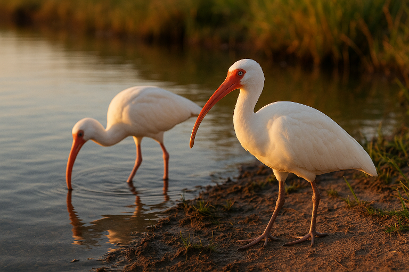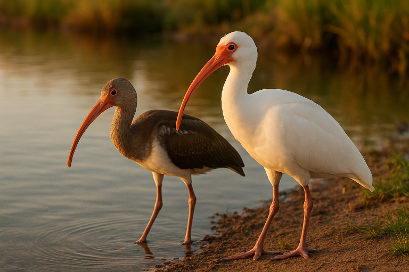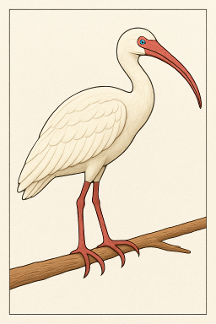


|
ibis.png Size : 2054.322 Kb Type : png |



The ibis is a unique and graceful bird often seen wading through wetlands or flying in long, curved lines overhead. Let’s take a closer look at its habitat, diet, and some fascinating behaviors that make this bird stand out.
Diet -
Ibises primarily eat insects, small fish, frogs,
crustaceans, and other aquatic invertebrates. They use their long, curved beaks
to probe in the mud and shallow water for food. They may also eat snails and
occasionally small reptiles.
Lifespan -
In the wild, ibises typically live around 15 to 20 years. In
protected environments like zoos, they can live longer due to fewer predators
and consistent food availability.
Special behavior -
Ibises
are social birds that often live and travel in large flocks. They are known for
their synchronized flying in V-formations during migration. One of their most
unique behaviors is the way they forage, sweeping their long, curved bills
through the water in a side-to-side motion to detect prey by touch.
Another interesting thing about the ibis is that the young ibis is not white but darker colors, as you can see in the picture above.

|
ibis.png Size : 2054.322 Kb Type : png |
